It’s clear from glancing at the incoming Class of 2020 Facebook page that the students are eager to begin their BU careers. They have already begun chatting about how to overload class schedules, how to get involved with the First Year Student Outreach Project (FYSOP), and the benefits of switching from West Campus to the Towers.
All in all, it’s an impressive bunch, says Kelly Walter, associate vice president and executive director of admissions. This year, BU saw a record 57,433 students apply for enrollment; only 29 percent were admitted. Come September, Walter says, the University will over enroll, with 3,614 members of the Class of 2020 arriving, a bit higher than the 3,500 target the University had set.
This year’s accepted students come from the top 10 percent of their high school class and have an A- average. They boast an average SAT score of 1976 (27 points higher than last year’s class) and an ACT score of 30 (up one point from last year).
These students excel beyond academics—one helped establish a medical clinic in Swaziland, another is a clothing designer who uses all recycled materials, and a third founded a nonprofit company that has distributed 400,000 pairs of shoes to needy children around the world.
“These are extraordinarily interesting, talented students,” Walter says. “I hope they bring their passions and interests to the University and really engage the BU community and give back in the same way they have already given back in their hometowns.”
Members of the entering freshman class come from 49 states, plus the District of Columbia, Puerto Rico, the US Virgin Islands, and Guam (sadly, no one enrolled from North Dakota, Walter says), and represent 74 countries around the globe. Most international students come from China, followed by India, South Korea, Canada, and Taiwan. Some new countries are represented this year as well, including Bulgaria, Croatia, Nepal, Uzbekistan, Sri Lanka, and Rwanda.
A third of the class will be minority students, which includes those of African American, Hispanic, Native Alaskan, Native Hawaiian, and Asian descent.
Walter says that diversity is a priority in admissions, and that the University thinks about it carefully as they put together a class. “We believe that students thrive best when they are surrounded by people who push them, challenge them, encourage them to think in ways they have never thought,” she says. “By bringing a group of students that are diverse not only ethnically, but also diverse socioeconomically, in thought, opinion, and perspective, it really adds a dimension to the classroom experience that is unparalleled.”
The new class is 58 percent female, 42 percent male.


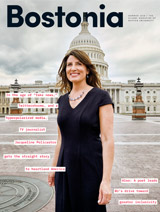
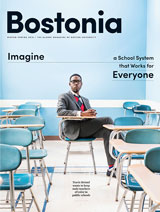






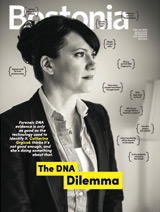





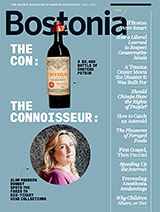
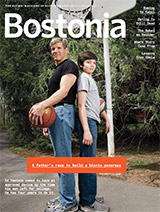


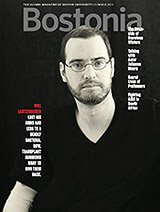


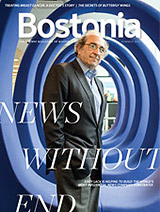




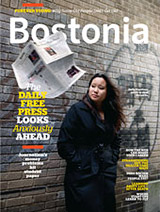

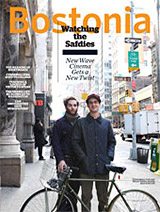



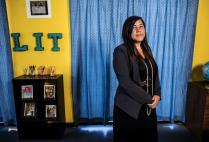
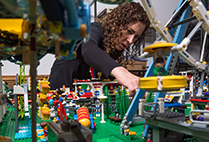






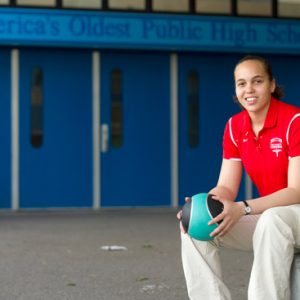


Related Stories
Class of 2022, by the Numbers
Stats and insights into BU’s new freshman class
BU Class of 2017 a Select Group
Overall admission rate of 36 percent
Presenting the Class of 2018
Freshman class grand, gifted, and global
Post Your Comment